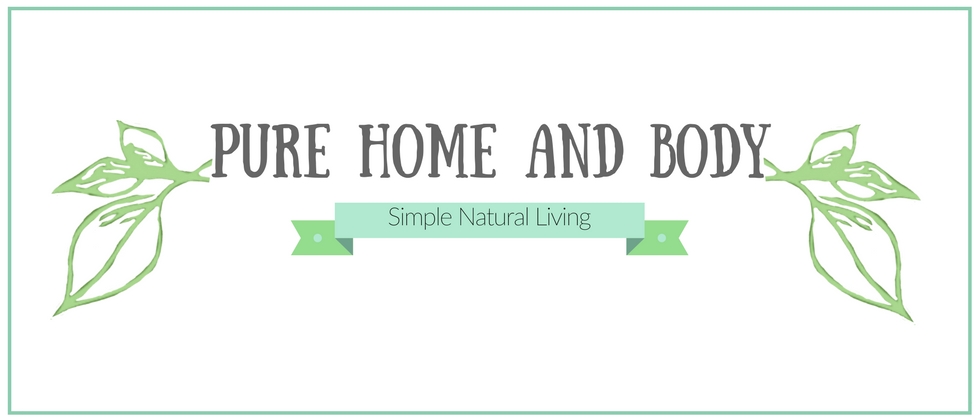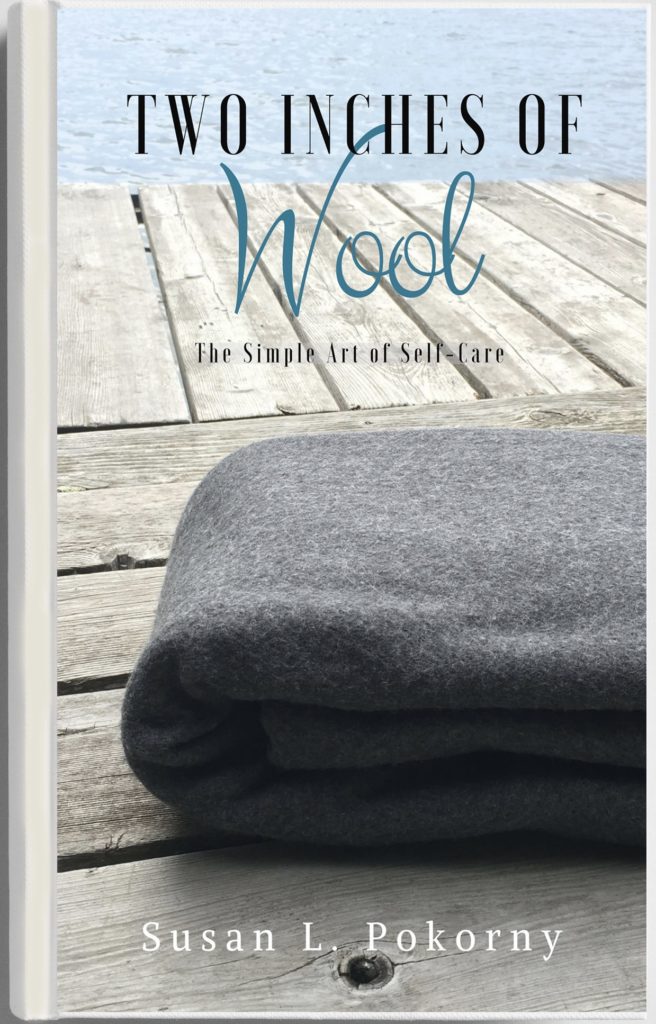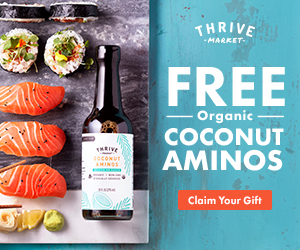 Having a Pure Home and Body is a process The most common question I get by far is “Where do I begin?”. One of the easiest places to begin is with things you use everyday. Since everyone is different physically, emotionally, socio-economically, the answer is different to some degree. My suggestions are often not specific “do’s and don’ts”, for a couple of reasons.
Having a Pure Home and Body is a process The most common question I get by far is “Where do I begin?”. One of the easiest places to begin is with things you use everyday. Since everyone is different physically, emotionally, socio-economically, the answer is different to some degree. My suggestions are often not specific “do’s and don’ts”, for a couple of reasons.
#1 Products Change, Lives Change If all I do is suggest products to use “in place of ___” (which I do sometimes) there is the possibility that product X will be changed so it no longer supports a pure home and body.
- Natural companies are purchased by Big manufacturers and product ingredients are “improved” with added chemicals
- “New and improved” products are added to the marketplace
- Your favorite natural product is discontinued
#2 I Don’t Want You To Be Dependent On Me. No offense, I’m really glad you’re here at Pure Home and Body and I know you’ll continue to learn new things when you visit. As a teacher, though, I see my role as giving students the tools they need to move forward, grow and “learn how to learn”. I don’t like to just give lists of what to use and what to avoid, I want to EQUIP you with critical thinking to figure out what is best for you. I want to help you develop the discernment in choosing products (without needing a degree in chemistry) to read a label and quickly identify potential hazards so you can AVOID them.
Shampoo is the perfect example of using what you learn to choose what is best for you. Shampoo is personal, we all have different colors, textures, thickness of hair (or no hair at all) that manufacturers and marketers have turned into a billion dollar industry. Choosing shampoo is worse than choosing toothpaste (at least it used to be for me before I realized what was in most of them). It’s also one of the most toxic industries, and we are using these products every day, they are going into our water supply.
Greenwashing It’s pretty common to find “greenwashed” shampoo. Greenwashing is when a product claims to be natural but really has some toxic ingredients in it. I know firsthand because I used one, and I paid horribly for it until it was too late. One additive, a preservative, added at the end of some beautiful ingredients: plant botanicals, essential oils like rosemary and chamomile. An ingredient I later found has been studied quite extensively. All of the studies in 2011 (I read each one) concluding from Dermatologists that this ingredient has a high rate of allergic reaction. The worst part is the more it accumulates, the more likely a reaction will occur. The hair care product I used is still in the Amazon top 15 selling shampoos, and the instructions indicates the longer you keep it on the better. You can even leave it on over night. I had been using this shampoo for a couple of months before I experienced my first full blown asthma attack in my life. I was shocked! I’d been doing everything “right”, how could this happen?
Finding Some Answers I began to search everything I had been using, I was pretty diligent about my diet and chemical exposure, then I looked at the bottle. I’ll admit I fell victim to a late night infomercial. My sleeping patterns and hormones were still off balance from baby #6 and in a moment of fatigue I turned the tv on, mistake #1. I actually watched, listened and believed the product claims, I wanted fuller, thicker hair. And they said it was “natural”. I believed them. In my ignorance I ordered the product, mistake #2. Add to that mistake #3 – not reading the label and that was it. I should have known better, but I’m human and I learned the hard way. I hope to save you the same mistakes:
1. Never shop when you’re tired, hungry or upset
2. No matter what any ad claims, listen with discernment. If it sounds too good to be true, it probably is.
3. Read labels, especially if it claims to be “natural” or even “organic” (the only definition that is clear for organic at this point is for FOOD)
What To Avoid So what was the ingredient? Methylisothiazolinene. This is one you want to avoid at all costs. Recently, I’ve been doing some research and found last year there were over 17 studies done on this ingredient alone. I read every one and they all had the same conclusions: Dermatologists are recommending that this ingredient be used cautiously because each study found high incident of allergic reaction. This ingredient has prohibited or restricted use in Canada and Japan and is classified as a Neurotoxin – that means it can damage your nerves! This preservative is fairly new to the Personal Care Industry, it’s only been used since 2005 and already is causing concern.
The worst findings were that this ingredient accumulates in the body making the reaction more severe the more it is used (like leaving it on your hair for 5 – 10 minutes, even over night for best results – though not the “results” the infomercial described). Unfortunately most of the studies also qualified the results with “just a small amount should be harmless”, unless you consider the accumulative effect over long term use, or when the quantity is increased from using multiple products, something the personal care industry terms “cocktail effect”. There really are no studies that test the layering effect of using multiple products with many chemicals. Methylisothiazolinene is not just in shampoo, it’s in bodywashes, liquid soaps and even cosmetics. You could very easily reach harmful levels if you use multiple products with this ingredient, especially if you use the conditioning, cleansing shampoo that you leave on for extended time.
When I checked throughout March on Amazon, I found that their top 15 selling shampoos consistently had questionable ingredients including Methylisothiazolinene. The name is pretty long and if you remember anything here is a quick guide to identifying toxic ingredients:
1. Watch out for the x’s and the z’s – this is not a chemistry course, but if you are going to research questionable ingredients, start with these
2. Avoid ingredients with the suffixes -ene, -one , -ine, -ese, -ose or bave “poly”, “para” and “hydro” as part of their name
So I told you I wouldn’t just give you lists, and here I am giving you one. I’m doing this because I know some of you are not ready to venture out and start reading labels or do research. I put together this list of “low-toxin shampoos” from www.EWG.org, a non-profit organiztion that tests the safety of our consumer products. Check it out for other products you might use. All of these shampoo choices scored a 0-1 ranking of toxicity and is not all inclusive. You’ll find many more to choose from if you take the time to scour through their data.
Simple Choices for Safe Shampoos
Coastal Classic Creations – Rosemary shampoo bar
Skin Care for Athletes Tri- Body Wash for skin and hair
Terressentials Organic Hair Wash
Miessence Desert Flower Shampoo
True North Organic Orange Lavender Shampoo
Olivier Soapery Femme Shampoo
















I’d never use avalon organics again. The lavender one on your picture gave me a huge rash. The essential oils/plants they use are all chemicals and synthetics. I am fine with lavender as a essential oil and the rest of the ingredients were all things I’d used in the past. So it was definitely the oils/plants.
Thanks for stopping by, Kristy. I totally agree that plant based products are they way to go. This article was written to highlight the fact that we really need to read product labels like we read food labels. Pretty packaging and “green washing” labels to look eco-friendly will not cut it in the long run. Wise consumers look beyond the front of the package ~Thanks for sharing your experience!
`